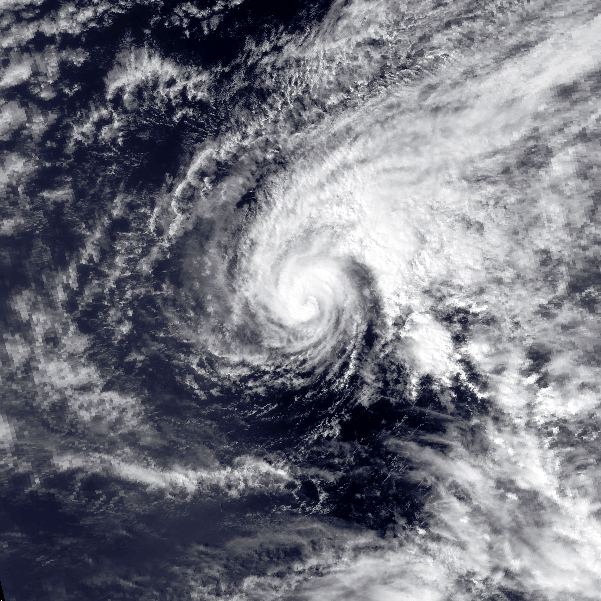 | ||
There have been 22 recorded tropical and subtropical cyclones in the east Pacific basin outside the official Pacific hurricane season. The boundaries of the east Pacific stretch from North America westward to 140°W, while the central Pacific is from 140°W to the International date line, north of the equator. The National Oceanic and Atmospheric Administration (NOAA) currently defines the season as starting May 15 in the eastern Pacific and June 1 for the central Pacific and ending on November 30 for both regions in each calendar year. Occasionally, however, storms develop in late November and persist until December, such as Hurricane Nina of 1957.
Contents
Few off-season tropical cyclones in the east Pacific have affected land, and none of them have made landfall. Only Hurricane Nina caused both property damage and fatalities. The strongest hurricane between December and May was Hurricane Ekeka in 1992, which reached winds of 115 mph (185 km/h). However, after Tropical Storm Paka crossed the International Date Line, it intensified into a typhoon with winds equivalent to a Category 5 hurricane on the Saffir-Simpson hurricane wind scale. The most recent off-season storm was Hurricane Pali in early January 2016.
The beginning of HURDAT, the official east Pacific hurricane database, is 1949. Since then, thirteen storms have occurred between January 1 and May 14, or December 1–31, outside the official bounds of hurricane season in the eastern and central north Pacific, respectively. In addition, the Central Pacific Hurricane Center reports nine off-season storms from 1900–1952 with another off-season tropical cyclone occurring in 1832. There have been documents published in the Monthly Weather Review reporting additional off-season storms within 2,000 mi (3,220 km) off the Mexican coastline, including one in December.
Chronology
The wind speeds listed are maximum one-minute average sustained winds. The category refers to the intensity on the Saffir–Simpson hurricane wind scale; TS stands for tropical storm, and TD for tropical depression.
Impact and records
Several off-season tropical cyclones have affected land. Hurricane Nina in early December 1957 prompted evacuations in Hawaii and caused $100,000 (1957 USD) in damage in the state. The storm also killed four people and produced 35 ft (10 m) waves. Hurricane Winnie in December 1983 caused minor rainfall in parts of Mexico. The unnamed tropical storm of 1996 was assumed to have killed two people when it sank a trimaran called the Solar Wind. After becoming a typhoon, Paka caused significant damage in the Marshall Islands, Guam, and the Northern Mariana Islands. Overall, Paka caused $580 million (1997 USD) in damage, enough to warrant retirement of the name. None of these impacting systems made landfall.
In the official east Pacific hurricane database, which dates back to 1949, the first storm to occur outside of the current season was Hurricane Nina in 1957. In the database, thirteen tropical cyclones have existed between December and May, most recently Hurricane Pali in 2016. Tropical Storm Winona in January 1989 was not listed in the database, despite forming south of Hawaii. In addition, there were at least eight tropical cyclones before the start of the official database, many of which existed near Hawaii. Storms were most likely to occur in December, followed by January and May. Only one cyclone each was reported in the two months of March and April. Of all off-season tropical cyclones, the "Froc Cyclone" lasted longest, spanning 12 days and two calendar years. The year with the most off-season storms was tied between 1904 and 1992, with a total of two tropical cyclones. However, Tropical Depression Nine-C spanned two calendar years after forming in 2015, which in addition to Hurricane Pali which formed on January 7 gave the 2016 season two off-season storms as well. No Pacific hurricane season had both a pre-season and post-season storm.
